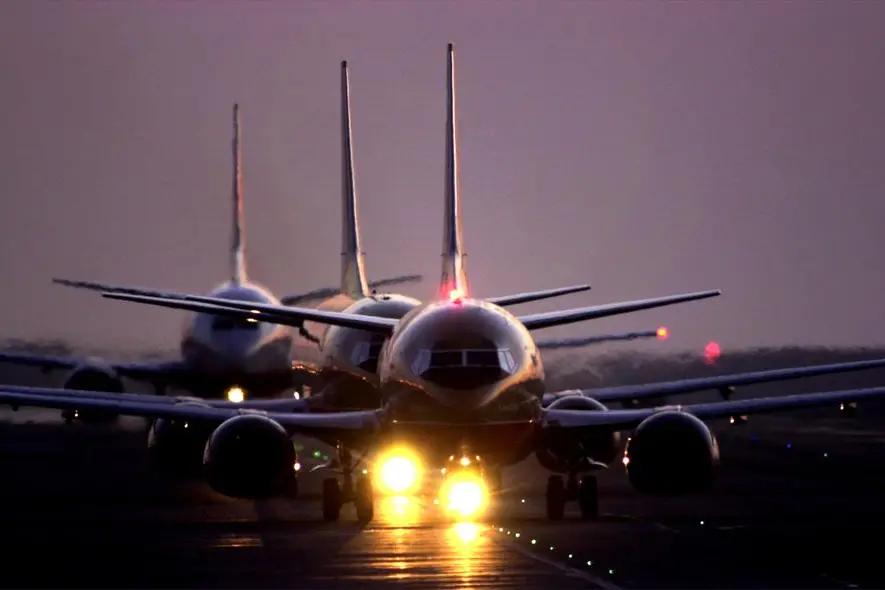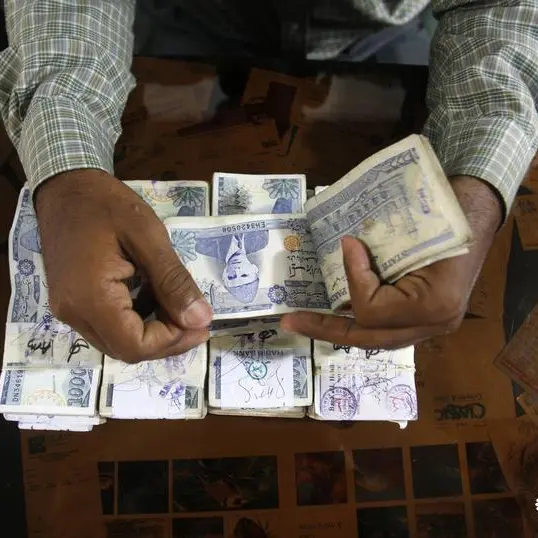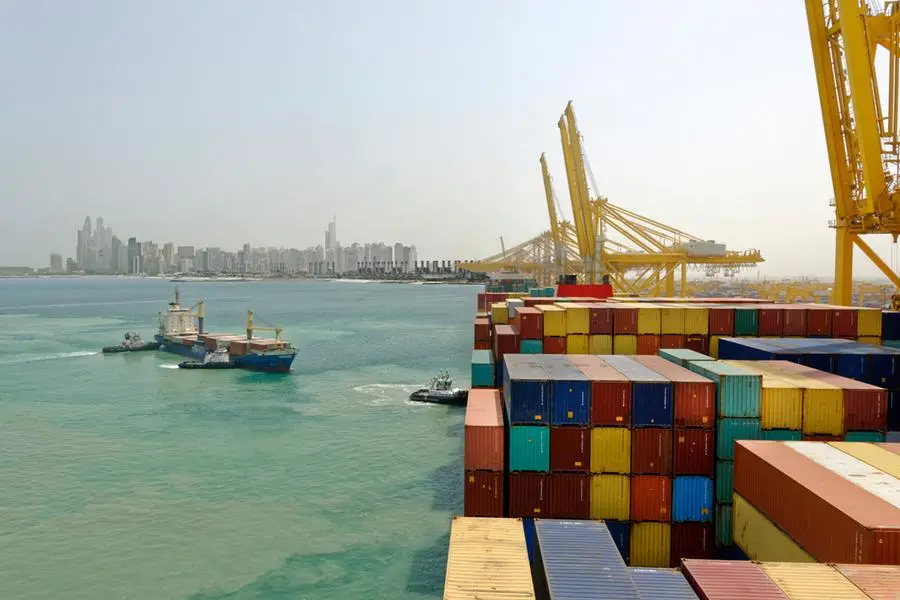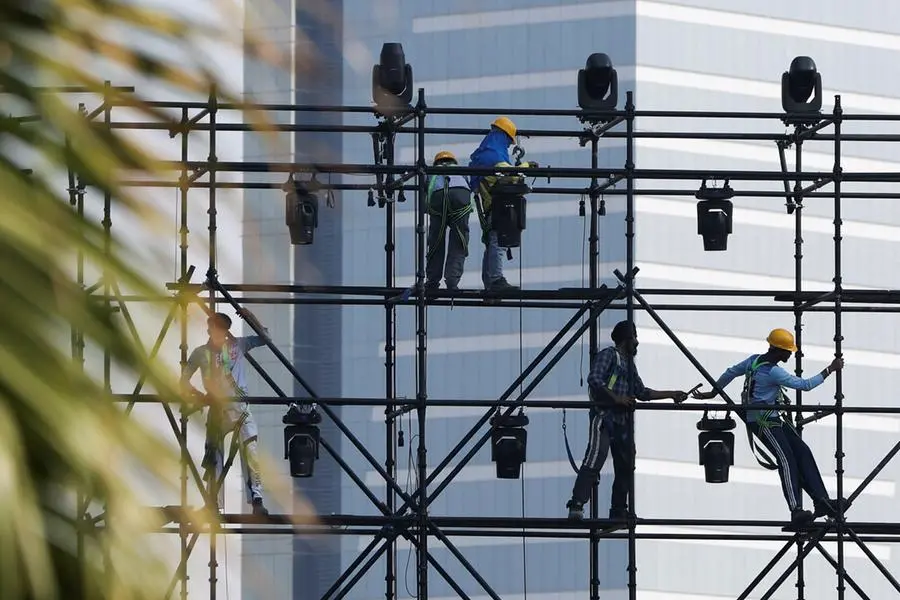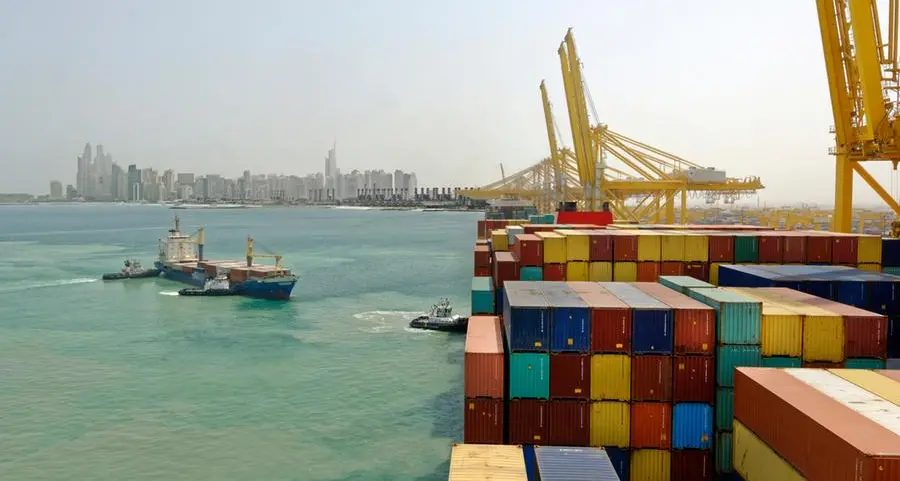PHOTO
The International Air Transport Association (IATA) has announced that as of November 2023, air travel demand already topped 99 percent of 2019 levels.
IATA represents some 300 airlines, including those from the Philippines, comprising 83 percent of global air traffic.
In its latest report, IATA said total traffic in November 2023, measured in revenue passenger kilometers or RPKs, rose by 29.7 percent compared to the same month in 2022. Globally, traffic is now 99.1 percent of November 2019 levels.
International traffic increased by 26.4 percent compared to November 2022, with the Asia Pacific region continuing to report the strongest year-on-year results at plus 63.8 percent, and all other regions showing improvements compared to the previous year. November 2023 international RPKs reached 94.5 percent of November 2019 levels.
In the same report, it was disclosed that domestic traffic for the same month of 2023 was up by 34.8 percent compared to November 2022. Total November 2023 domestic traffic was 6.7 percent above the November 2019 level, with growth particularly strong in China at plus 272 percent as it recovered from the COVID travel restrictions that were still in place a year earlier.
According to IATA director general Willie Walsh, 'we are moving ever closer to surpassing the 2019 peak year for air travel.'
He said that economic headwinds are not deterring people from taking to the skies and while international travel remains 5.5 percent below pre-pandemic levels, that gap is rapidly closing. Walsh added that domestic markets have been above their pre-pandemic levels continuously since April.
Asia Pacific airlines had a 63.8 percent increase in November traffic compared to November 2022, which was the strongest year-on-year rate among the regions. Capacity rose by 58 percent and the load factor was up 2.9 percentage points to 82.6 percent.
Total passenger traffic market shares by region of carriers for 2022 in terms of RPK are: Asia Pacific, 22.1 percent; Europe, 30.8 percent; North America, 28.8 percent; Middle East 9.8 percent; Latin America, 6.4 percent; and Africa, 2.1 percent.
Walsh noted that aviation's rapid recovery from COVID demonstrates just how important flying is to people and to businesses.
With more people traveling, whether internationally or domestically, this should be good for tourism.
Last week, the Department of Tourism announced that the country already surpassed the year-end 2023 target, with 5.45 million international visitor arrivals last year and international visitor receipts surging to P482.54 billion.
Of the 5.45 million international visitors, 91.8 percent or the bulk of international arrivals recorded at 5.003 million are foreigners. The remaining 8.2 percent or 447,082 are overseas Filipinos.
DOT said that the new record is around 650,000 higher than its target of 4.8 million international visitors projected to visit the country for the whole of 2023.
South Korea retained its top spot as the country's main source of international visitors, accounting for 26.4 percent or 1.44 million foreign tourists, followed by the United States with 16.57 percent or 903,299 tourists, Japan with 5.6 percent or 305,580, Australia with 4.89 percent or 266,551, and China with 4.84 percent or 263,836.
According to the DOT, other foreigners who visited the country from other top source markets are from Canada, Taiwan, the United Kingdom, Singapore and Malaysia.
Meanwhile, international tourism receipts reached P482.5 billion in 2023, 124.87 percent higher than the P214.58 billion estimated visitor receipts in the previous year. In 2019, the DOT recorded P482.15 billion in international tourism receipts.
The DOT also reported that the country has already reached an estimated 66 percent recovery rate for its all-time high international visitor arrivals achieved in 2019.
By 2024, the department is targeting 7.7 million in international visitor arrivals.
A study by the Bangko Sentral ng Pilipinas pointed out that the tourism sector is a key contributor to the resilience of the Philippines' external payments position and overall economic development, alongside overseas Filipino remittances and business process outsourcing.
As one of the country's biggest employers, it provides various opportunities for businesses and individuals from all segments of society and supports sustained structural foreign exchange inflows.
The study noted that travel services is one of the main sources of forex inflows in the country's balance of payments.It accounts for about 20 percent of total services exports reflecting an average of 15 percent sustained growth over the past decade from 2010 to 2019, pre pandemic.
It said that the increasing demand for tourism and travel-related services in the country in recent years is partly due to the rapid growth in the hotel and resort industry and the expansion in the casino and gaming sector. International cruise and nautical tourism has also been growing, with the country tagged as one of Asia's top destination for cruise ships. Similarly, the Philippines ranked eight among the top medical tourism destinations globally.
More visitors means more foreign exchange being brought into the country, more money spent for food, transportation and travel, services, hotels, for shopping. Imagine how many more Filipinos have jobs and additional income and they in turn spend these for goods and services.
The multiplier effect of tourism basically tries to determine how many times money spent by a tourist circulates through the host country's economy. Money spent by a tourist in a hotel helps create jobs directly in the hotel but also indirectly elsewhere in the economy. The hotel has to buy food from local farmers, who may spend some of the money earned on fertilizer or clothes. The demand for local products increases as tourists buy souvenirs, which increases secondary employment.
This multiplier effect continues to have a ripple effect until the money in due course leaks from the economy through imports or other methods.
Copyright © 2022 PhilSTAR Daily, Inc Provided by SyndiGate Media Inc. (Syndigate.info).
